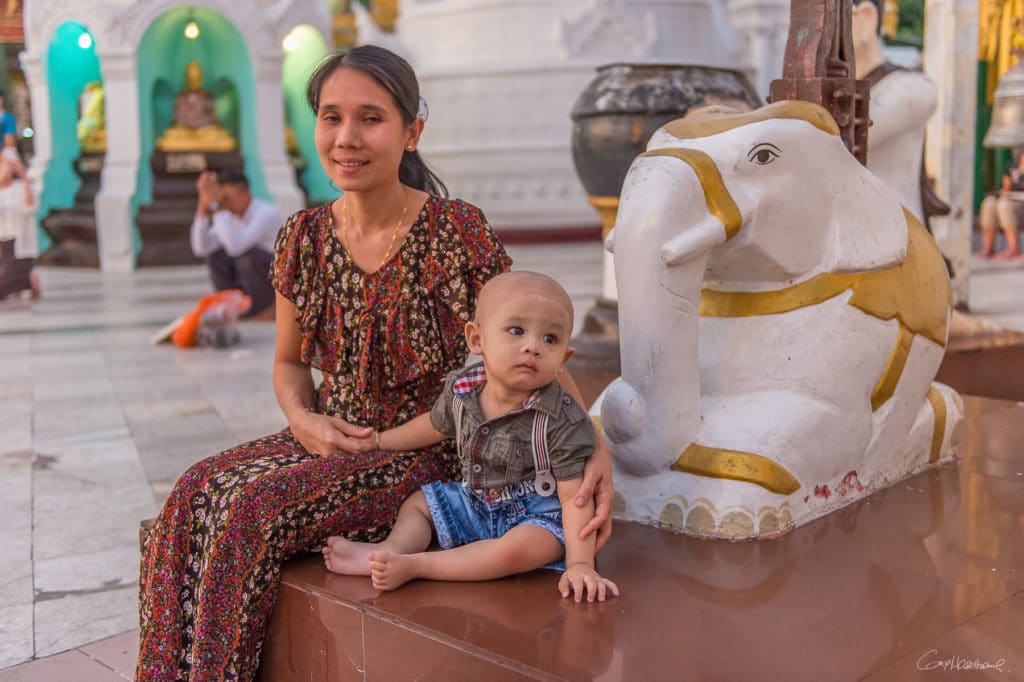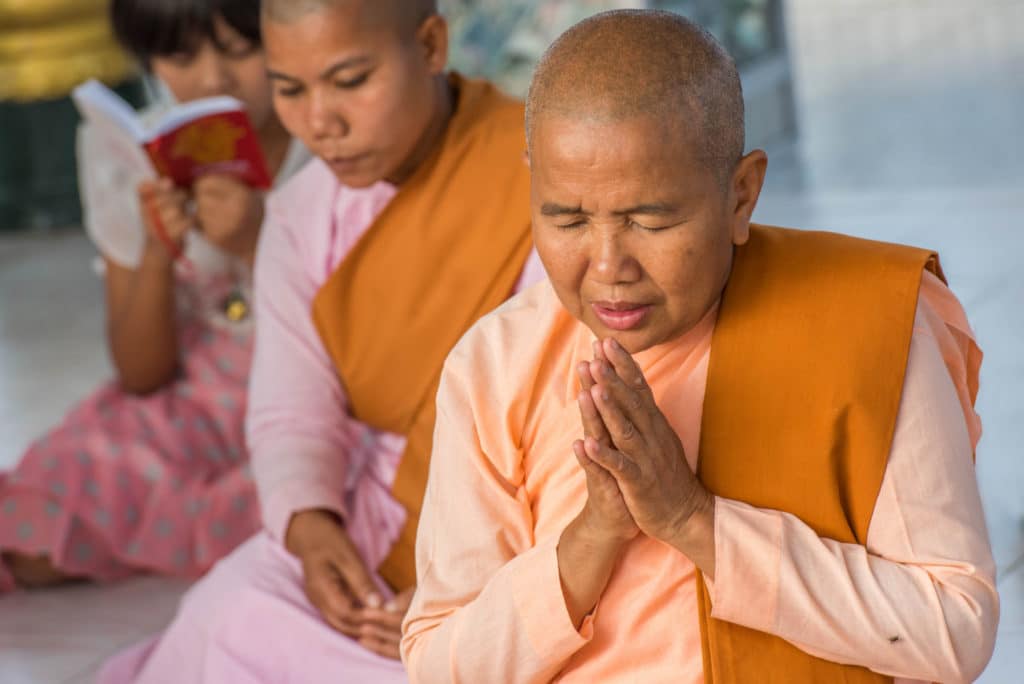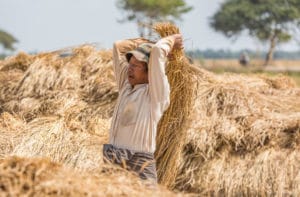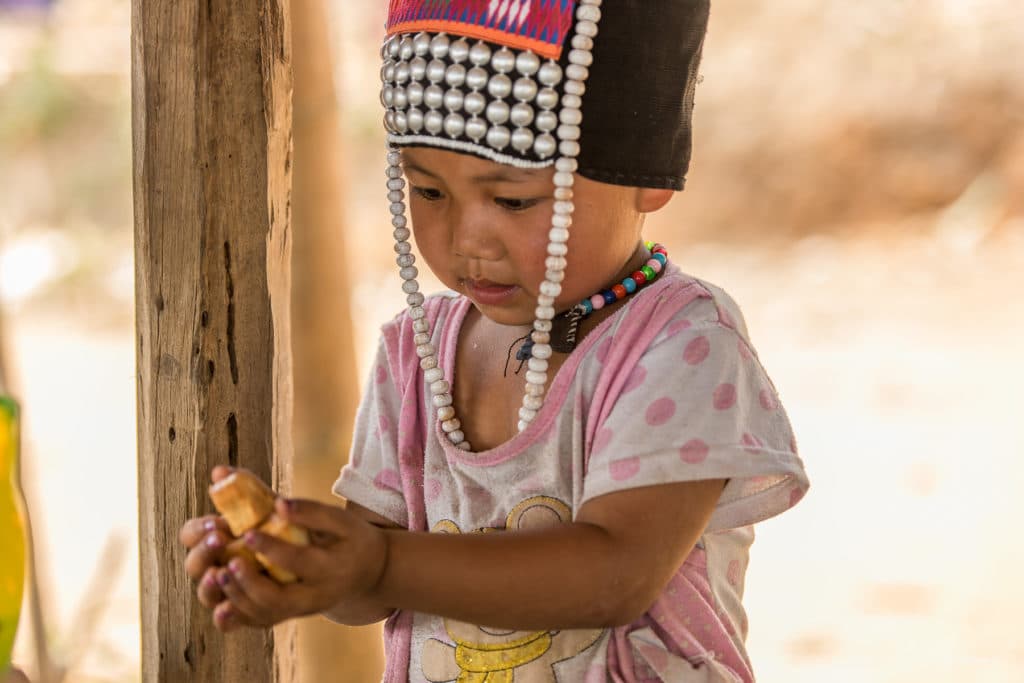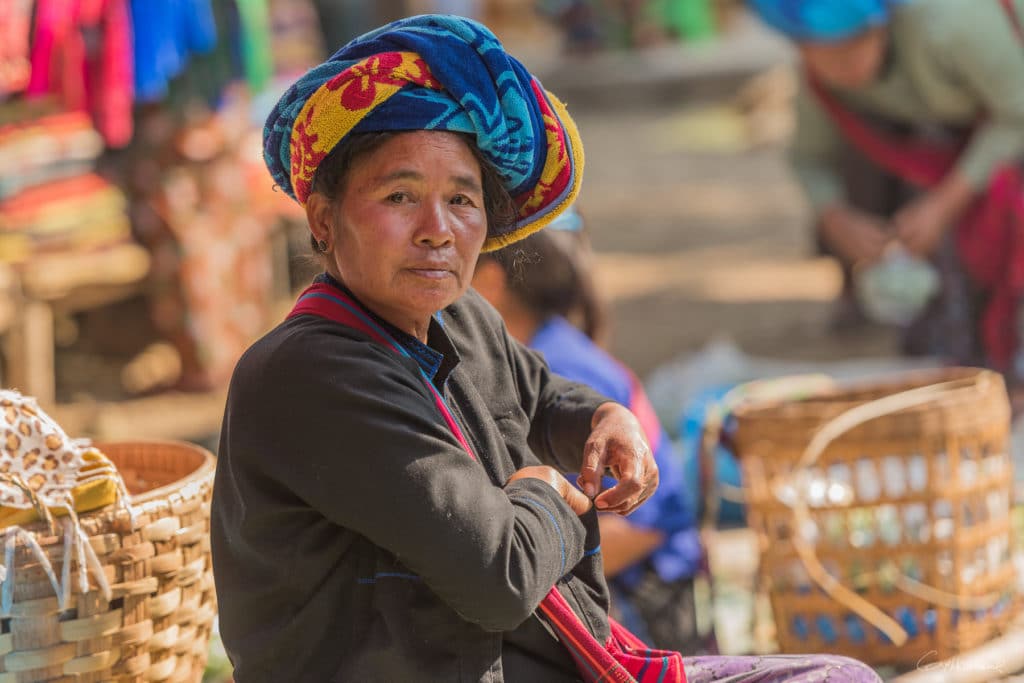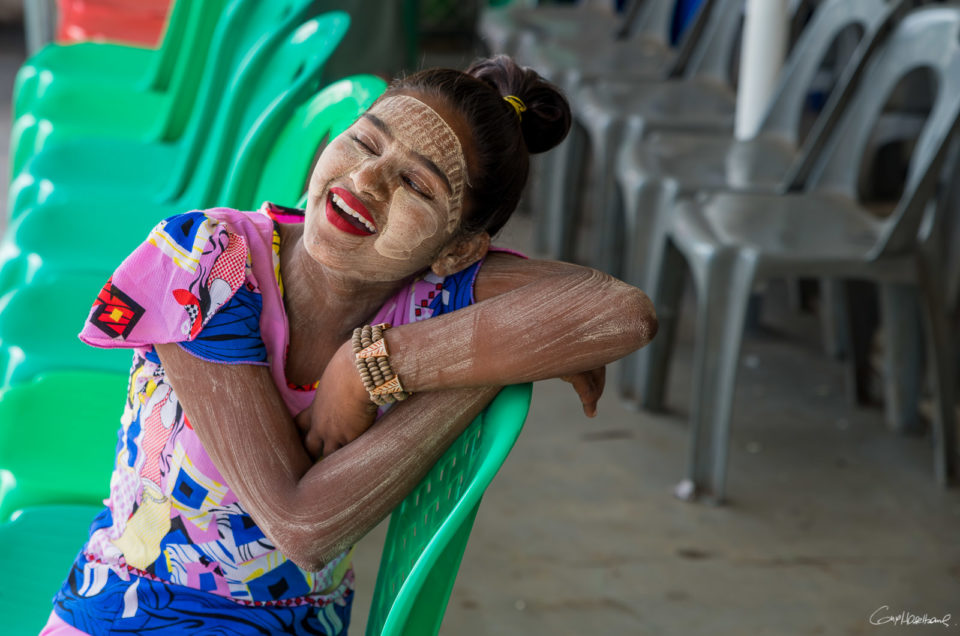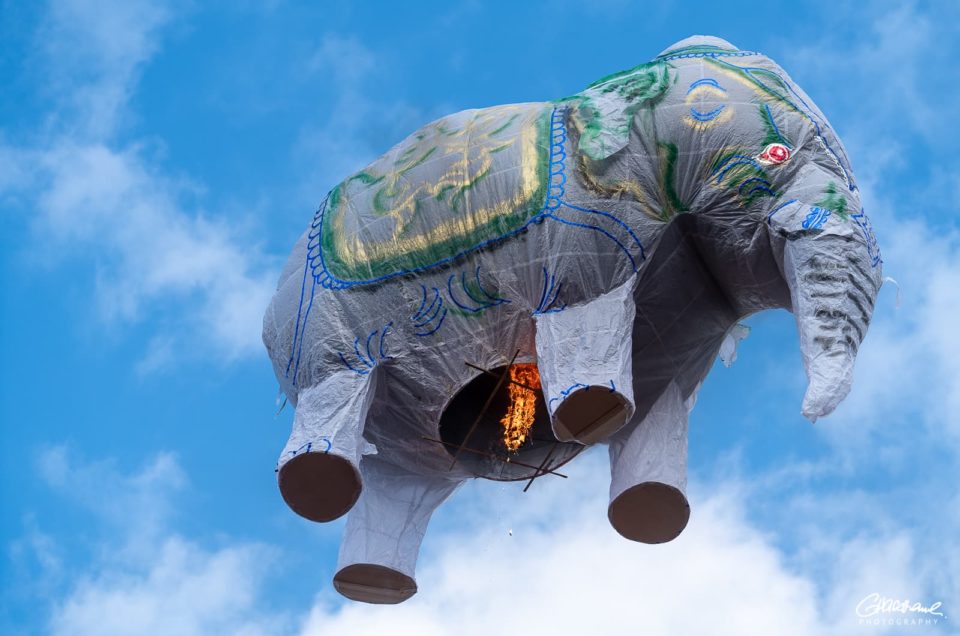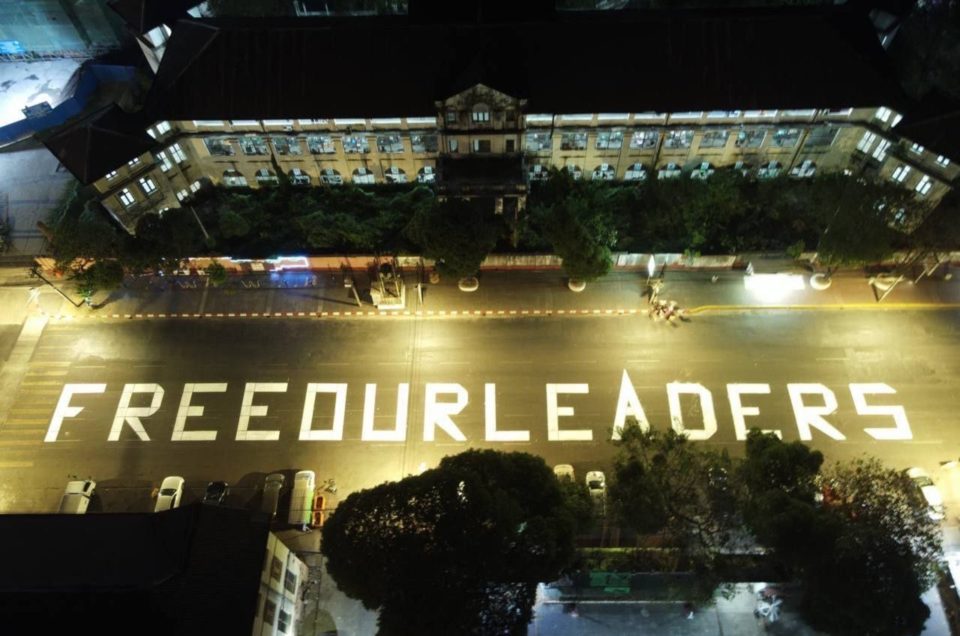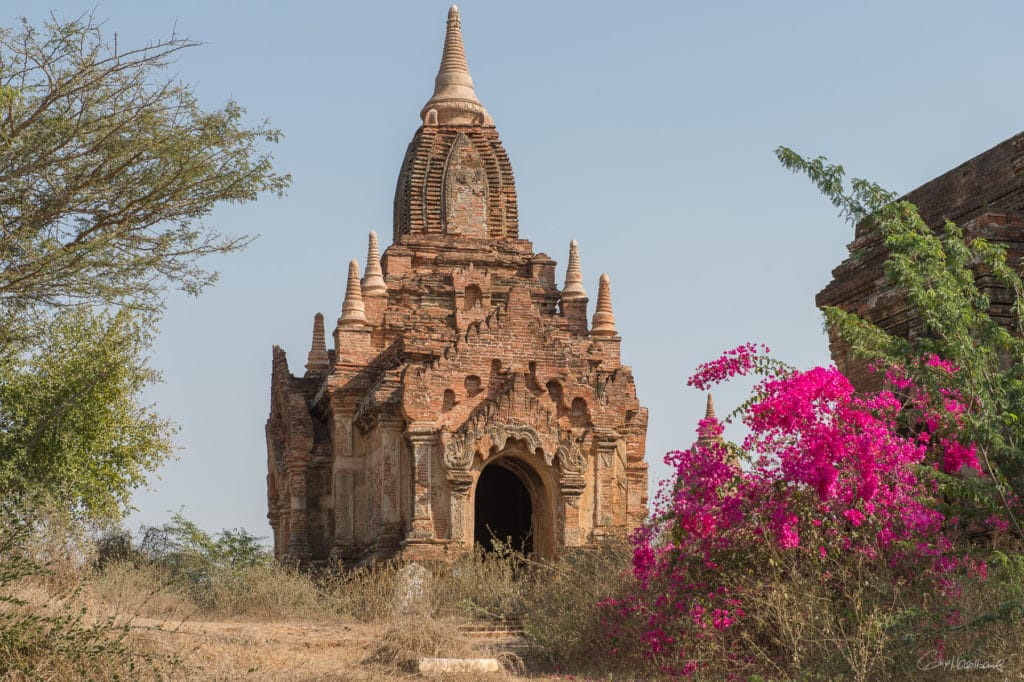
Historic sites, a precious heritage.
Bagan, Mandalay, Yangon, Kakku, Pindaya, Mrauk-U, Mingun, Piu Alin, Po Win, Samkar … and many other places marked by time and history and participate in the rich cultural Myanmar. (Photo: Temple in Mrauk-U)
The best known: Bagan, is a large Buddhist archaeological site of nearly 50 square kilometers in the region of Mandalay in the central plain of Burma, on the left bank of Irrawaddy. From the ninth century to the thirteenth century, it was the capital of the kingdom of Pagan, the first Burmese empire. Occupied by several villages or hamlets often built near temples groups, it is in a seismic zone and has undergone many earthquakes which caused serious damage. An inventory lists 2834 monuments, many of them in ruins.
